Seven Leading Restaurant Trends for 2012
Wednesday, 30 November 2011 19:00
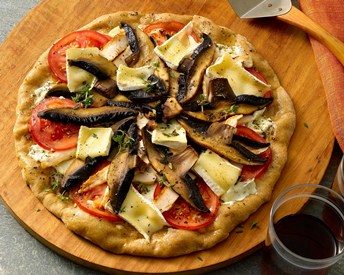 From social networking’s impact on success to a greater emphasis on in-house rustic fare to save cost, Technomic predicts the biggest influences on U.S. restaurants next year.
From social networking’s impact on success to a greater emphasis on in-house rustic fare to save cost, Technomic predicts the biggest influences on U.S. restaurants next year.
Just as the nation's economic forecast includes mixed signals, restaurants across the United States face a varied landscape of expected trends in 2012. Technomic, the leading foodservice research and consulting firm, sees these seven developments making news in the coming year:
1. Consumers Seek a Twist on the Familiar. Shell-shocked consumers are in no mood to take risks, but novel flavors still tingle their taste buds. Look for comfort foods with a twist (gourmet, ethnic, artisan, wood-fired) as well as innovation in familiar formats (sandwiches, wraps, pizza, pasta) rather than breakout items taken from less-familiar global cuisines.

 The truth about GMOs.
The truth about GMOs. Although this part of case-study teaching can be arduous, there’s real value in reading papers. Doing so allows us to suggest ways to improve students’ thinking.
Although this part of case-study teaching can be arduous, there’s real value in reading papers. Doing so allows us to suggest ways to improve students’ thinking.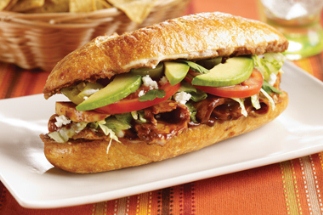 SandwichPro.com offers new on-trend sandwich-making demos.
SandwichPro.com offers new on-trend sandwich-making demos. Of the three things you can manage—cost, quality and quantity—you can realistically only manage two. Or so thought the Institute for the Culinary Arts at Metropolitan Community College .
Of the three things you can manage—cost, quality and quantity—you can realistically only manage two. Or so thought the Institute for the Culinary Arts at Metropolitan Community College .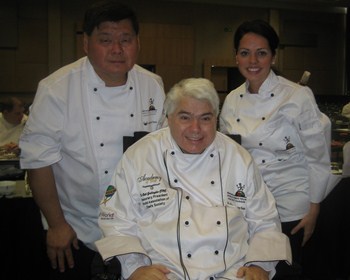 The president of the American Culinary Federation led an entourage of U.S. chefs to partake in and contribute their talents to the Bidvest World Chefs Tour Against Hunger in South Africa in August.
The president of the American Culinary Federation led an entourage of U.S. chefs to partake in and contribute their talents to the Bidvest World Chefs Tour Against Hunger in South Africa in August.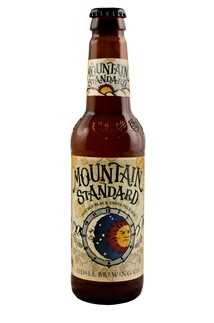 One of the industry’s earliest trends forecasts for next year predicts we’ll say hello to sheep’s-milk cheese and local beers and goodbye to “molecular gastronomy” and “foodie.”
One of the industry’s earliest trends forecasts for next year predicts we’ll say hello to sheep’s-milk cheese and local beers and goodbye to “molecular gastronomy” and “foodie.”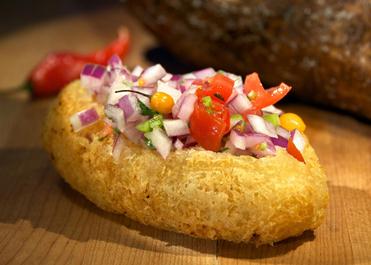 This year’s Latin Flavors, American Kitchens Conference emphasized cuisines from Argentina to Guatemala and identified hot trends: handheld foods, smoke, bar foods and Cocktails.
This year’s Latin Flavors, American Kitchens Conference emphasized cuisines from Argentina to Guatemala and identified hot trends: handheld foods, smoke, bar foods and Cocktails.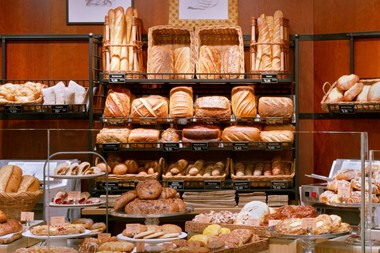 In a zero-growth environment, this fast-casual sub-segment continues gaining market share.
In a zero-growth environment, this fast-casual sub-segment continues gaining market share. The chef de cuisine of Corn Maiden restaurant near Santa Fe dispels some myths and misconceptions of working with chiles—while talking up their strategic use as a flavor enhancer—in menu development.
The chef de cuisine of Corn Maiden restaurant near Santa Fe dispels some myths and misconceptions of working with chiles—while talking up their strategic use as a flavor enhancer—in menu development.